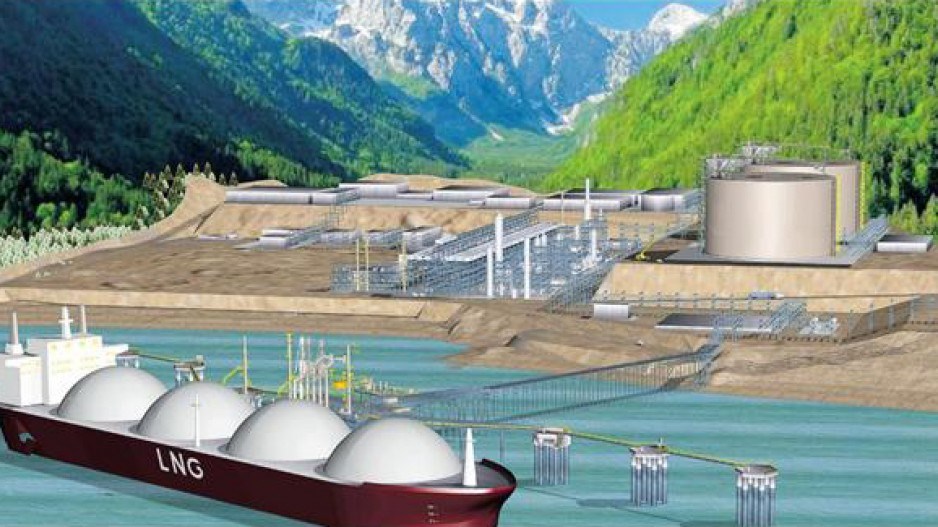The first challenge for proponents of liquefied natural gas (LNG) facilities on the West Coast of British Columbia will be stick-handling their projects through the myriad provincial, federal and municipal government regulations to obtain a permit, an LNG conference heard May 16.
“Permitting obviously represents a risk to proponents on their schedule and cost and knowing this permitting process can really reduce some of the uncertainty and avoid higher costs by doing it right the first time,” Drew Kaiser, B.C. environmental assessment and permitting group manager for Golder Associates, told the LNG export and infrastructure Canada conference sponsored by IBC Energy.
The most important phase is the initial investigation phase on which the proponent should spend some time and effort — specifically on engagement, he said.
“Engage with the First Nations and regulatory agencies early and often,” Kaiser advised. That involves getting to know the First Nations in the area along with the regulatory agencies involved.
“It’s a critical step that can save a lot of grief, cost and time down the road.”
Once the proponent has selected a site, it needs to obtain a Crown tenure permit to do investigative work on the site from the Ministry of Forests, Lands and Natural Resources, which has taken over responsibility for issuing the permits from the B.C. Oil and Gas Commission. Kaiser said that although commission knows the northeast part of the province and is extremely efficient at turning around applications, it didn’t have as much capacity on the West Coast.
In terms of environmental assessments, two bodies, the provincial B.C. Environment Assessment Office and the federal Canadian Environmental Assessment Agency (CEAA), can be involved in issuing an environmental certificate. However, as part of federal government efforts in 2012 to streamline the process, there is a substitution process under which proponents can ask the province to make a formal request to the federal environment that the project be evaluated by the B.C. Environment Assessment Office.
The substitution agreement is relatively new (2012) and so far only a few companies have taken advantage of it, he said.
“I don’t think you’ll see very many not apply for the substitution,” he said.
“For the most part the CEA agency takes a back seat although that’s not say federal agencies (such as Environment Canada) are not involved.”
The Environment Assessment Office will then convene a working group of federal and provincial government agencies and affected First Nations. With baseline studies in place, the proponent can submit the application to the working group, which has 30 days to review it to make sure it is complete and then the 180-day formal assessment process begins.
“If the First Nations are not against you, certainly the review process is a lot easier,” according to Kaiser.
Five “pillars” — environment, social, heritage, economic and heath — are taken into account in the review to determine the effect of the project.
The report then goes to the environment minister, who has 45 days to make a determination.
The project can get approved, it can be rejected with instructions on how to go back for further studies or, more likely, it will be approved with conditions. However, once a project has its environmental certificate, “that’s not the end of the permitting process,” said Kaiser.
“Depending upon whether it is a marine based or a land-based facility, there are a number of permits and applications they now have to go through to meet the conditions of the environmental assessment.” The biggest one, he suggested, is federal Fisheries Act obligations.
Under the B.C. Environmental Assessment Act, a proponent can apply to bundle all the applications into one group, which are reviewed within a specified time frame of 60 days.
“That can really shorten your permit process after you receive your certificate,” Kaiser said.
For marine projects, proponents can participate in the TERMPOL (Technical Review Process of Marine Terminal Systems and Transshipment Sites), a Transport Canada-led process that was originally designed for oil tankers but which has since been extended to LNG, said Kaiser.
Although it’s not binding, it’s a good process that consolidates everything into one streamlined process with one agency — Transport Canada.
The whole permitting process is fairly straightforward and the B.C. government is now on board, he said.




